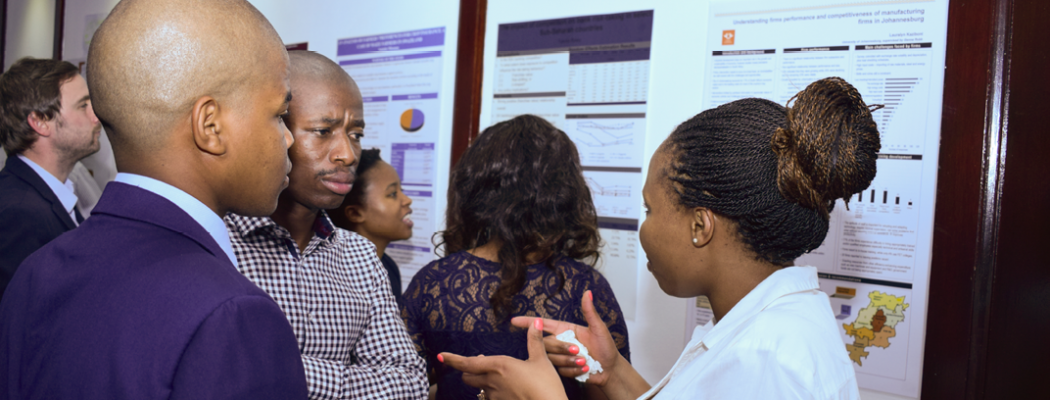A deep learning approach to estimation of the Phillips curve in South Africa
In this study, we provide a comprehensive estimation of the contemporary Phillips curve relationship in the South African economy using a novel deep learning technique. Our approach incorporates multiple measures of economic slack/tightness and inflation expectations, contributing to the debate on the relevance of the Phillips curve in South Africa, where previous findings have been inconclusive. Our analysis reveals that long-run inflation expectations are the primary driver of inflation, with these expectations anchored around 5% historically but declining since the financial crisis. This trend suggests that the South African Reserve Bank's (SARB) monetary policy implementation has become increasingly credible in addressing high inflation and price instability. We also find that short-run expectations and real economic activity play a substantial role in explaining deviations from the long-run trend, supporting the existence of a quantifiable Phillips curve relationship in the South African economy. The deep learning methodology employed in this paper offers several advantages for policymakers. It accommodates the complex interplay of various factors influencing inflation, providing a more accurate representation of the Phillips curve relationship. The model's interpretable nature allows policymakers to discern the key drivers of inflation, facilitating more targeted and effective monetary policy interventions. Our findings can help inform strategies to combat persistently high inflation rates in South Africa, supporting the SARB's ongoing efforts to achieve price stability and sustainable economic growth.

